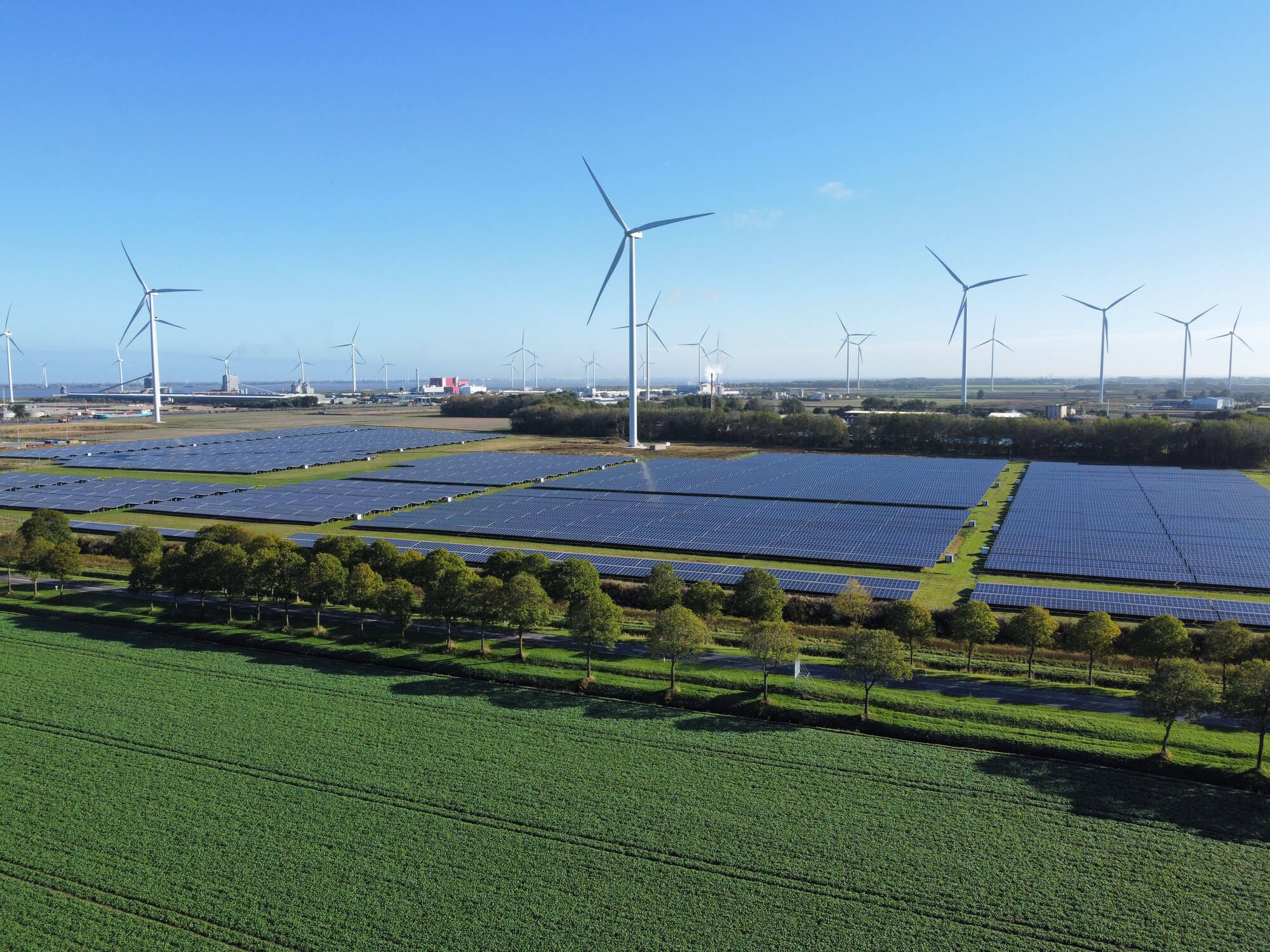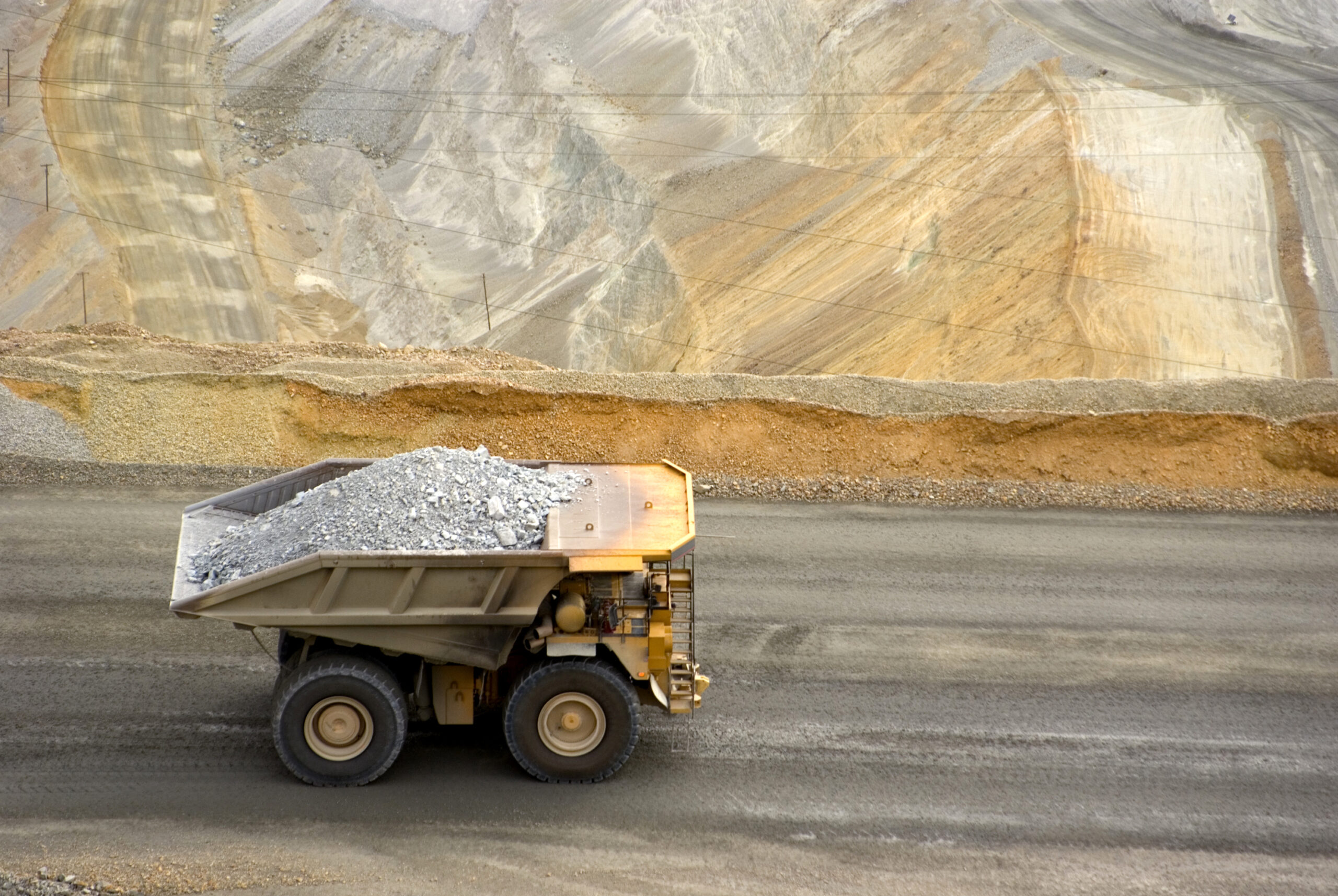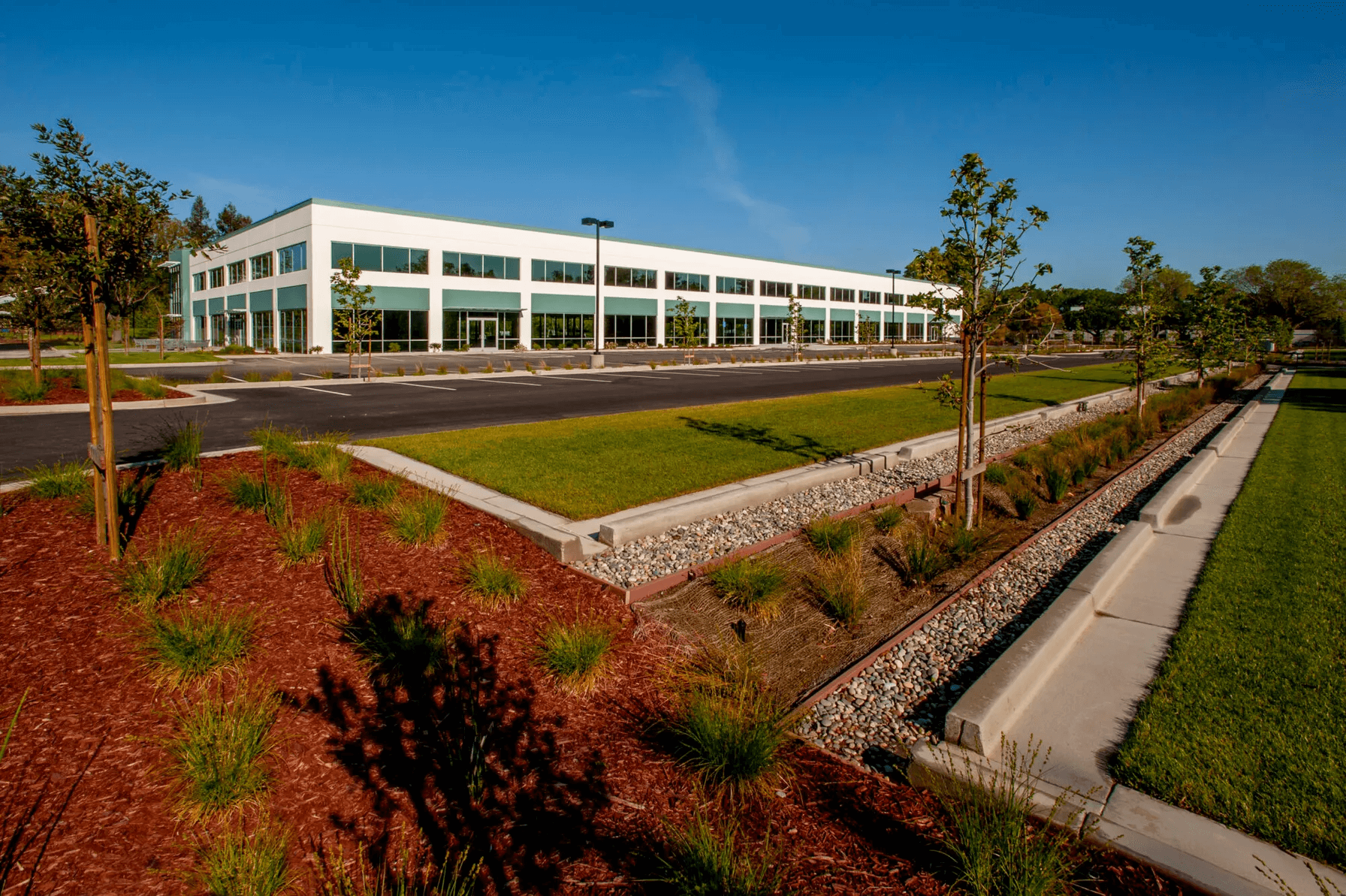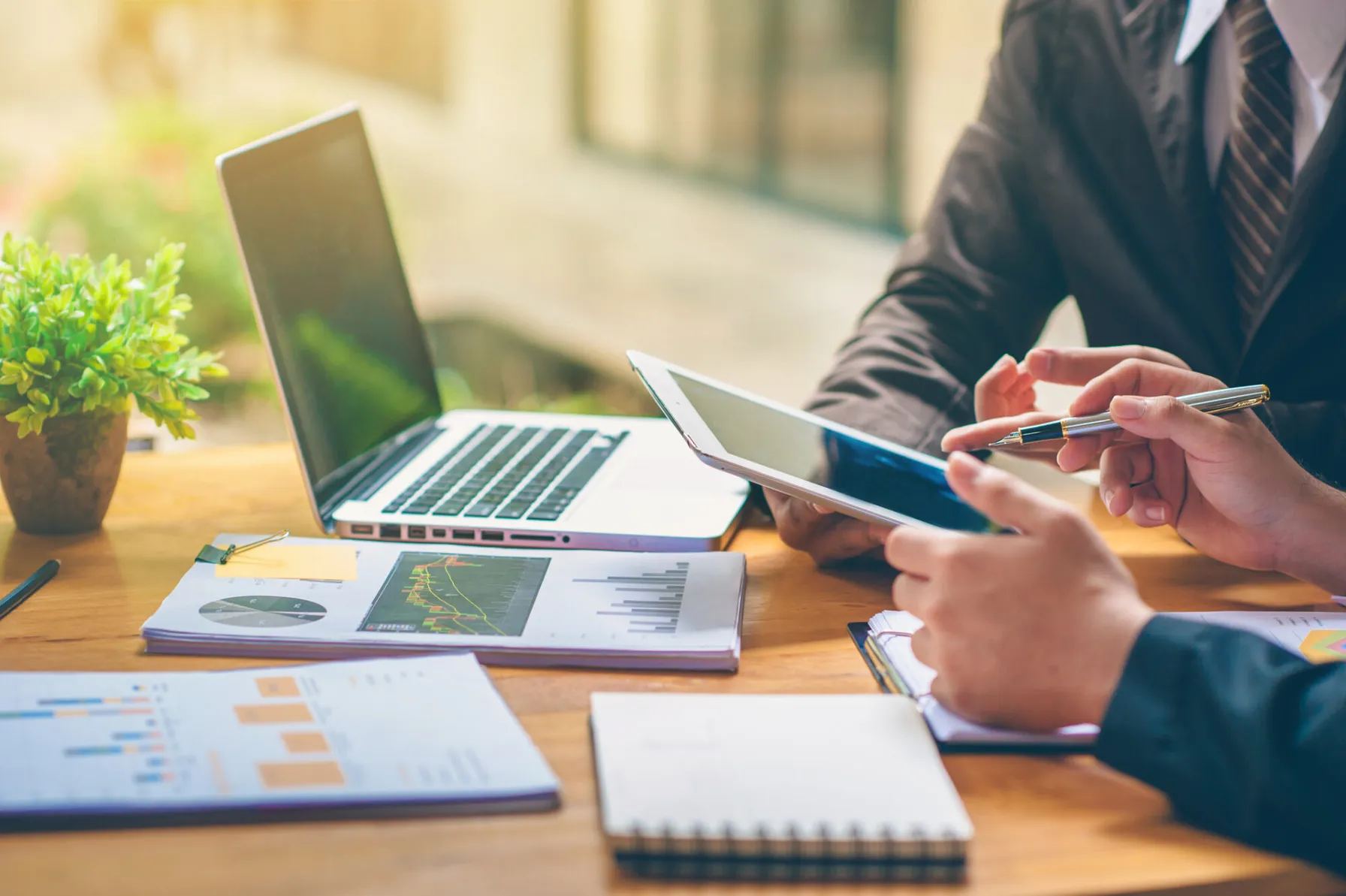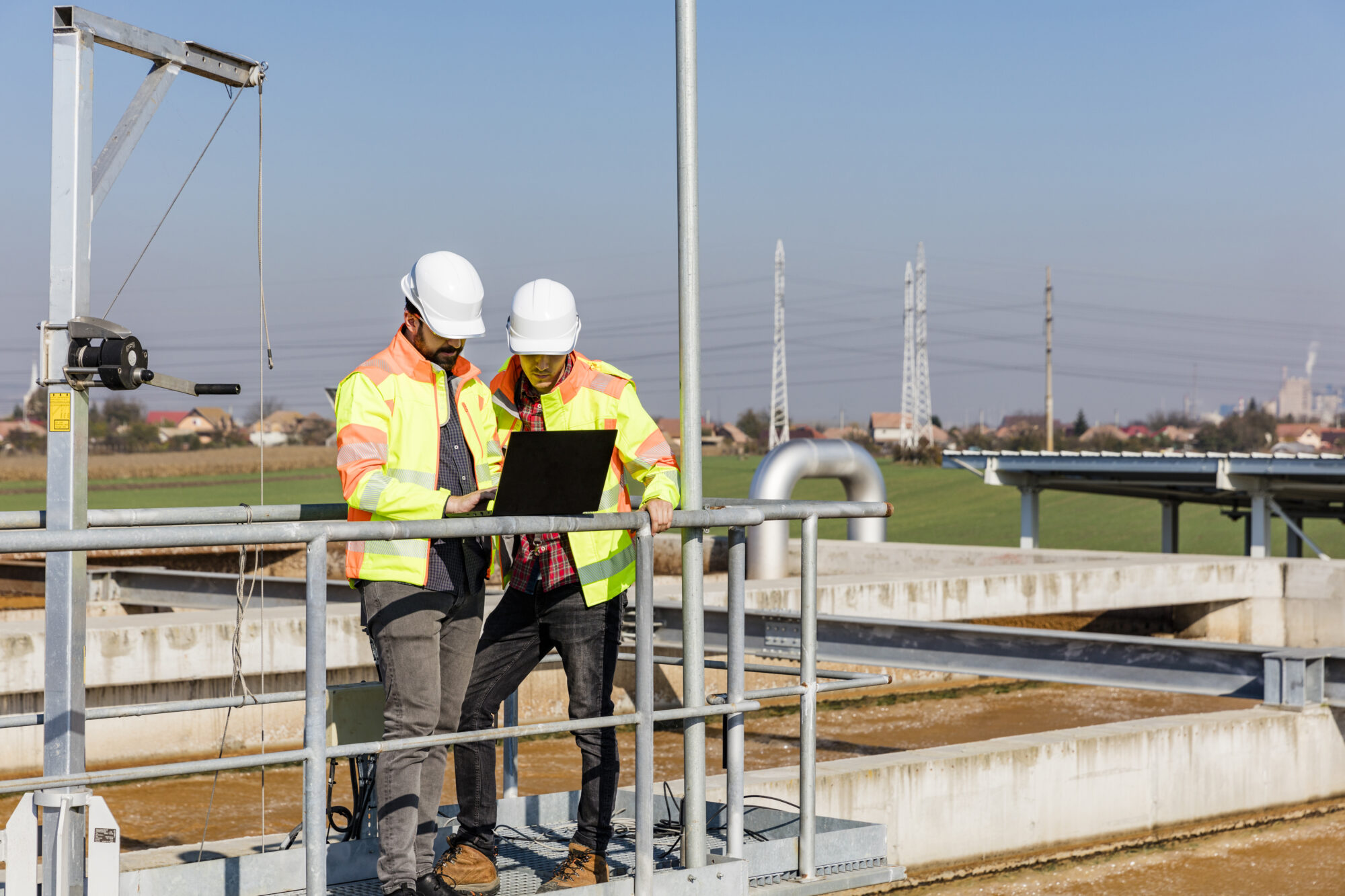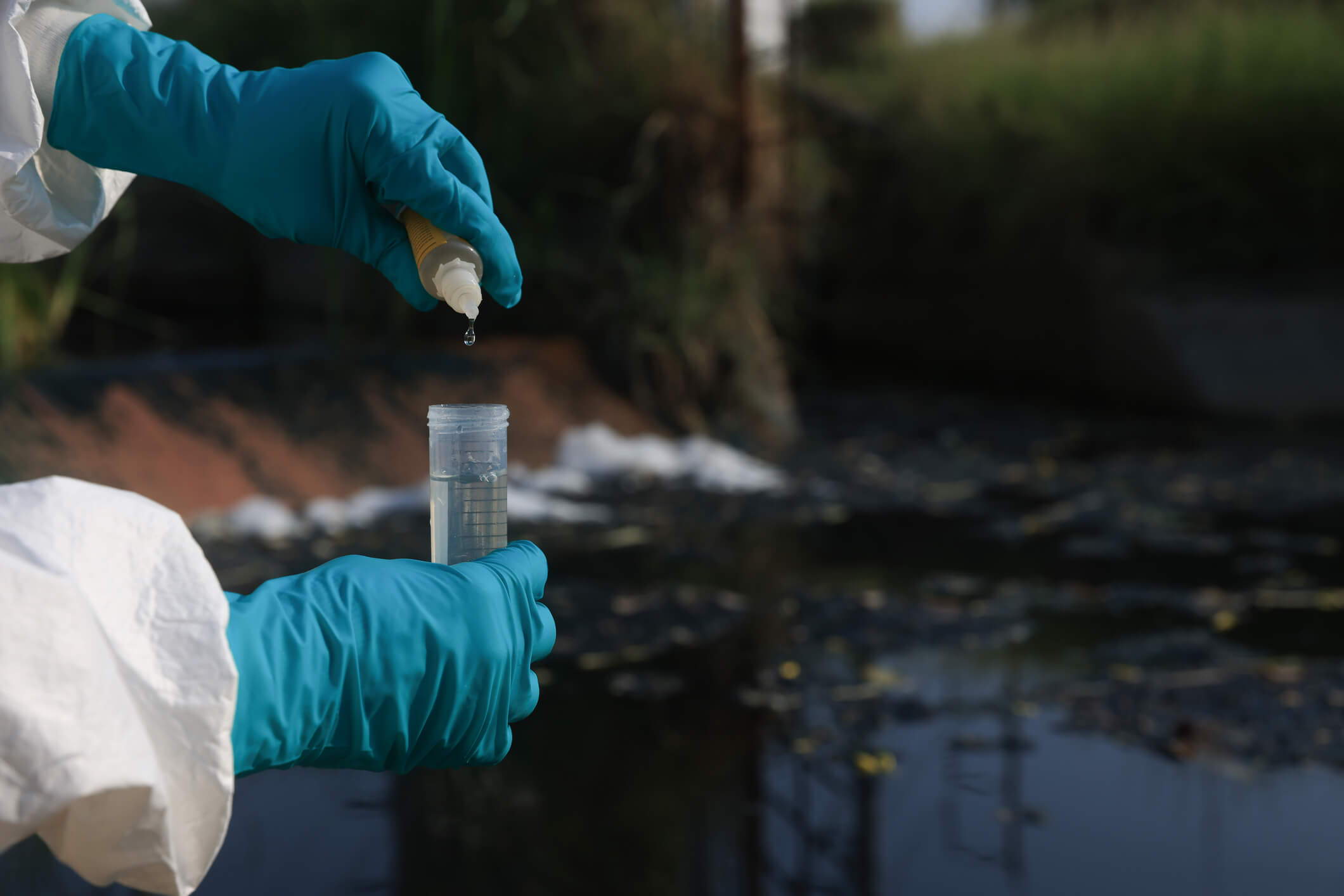- R6 Corrective Action Strategy (CAS)
- R3 and R7 RCRA Facilities Investigation Remedy Selection Track (FIRST)
- RCRA Tool Book
In 2004 the EPA Resource Conservation and Recovery Act (RCRA) Corrective Action (CA) Program set three milestone goals for their list of “baseline” facilities. The goals, and the projections for achievement by the end of 2020 are:
- Human Exposures Under Control (CA725) – projected to be met by 96% of facilities
- Migration of Contaminated Groundwater Under Control (CA750) – projected to be met by 91% of facilities
- Remedy Construction (CA550) – projected to be met by 79% of facilities
EPA recently released its RCRA Corrective Action Program
For 2030 including its Vision, Mission and Goals. In addition to developing a revised set of target facilities (“universe of cleanups”), five goals were established to be implemented in close coordination with the authorized states:
1. Complete Cleanups – ensure that RCRA CAs are initiated and completed efficiently, using flexible approaches that are visible to the public.
2. Impacts beyond facility boundaries including emerging risk issues (vapor intrusion, emerging contaminants etc.), will be addressed where practical.
3. Ensure that land within facility boundaries is safe for continued use or reasonably expected new uses.
4. Long-Term Stewardship (LTS) – develop procedures by 2025 for long-term stewardship for CAs and implement these in concert with the states.
5. Adjust the Pipeline – develop procedures by 2022 to regularly adjust the universe of CA facilities.

To proactively address RCRA CA Program 1-4 goals, consider the following actions/strategies:
Consider developing a virtual dashboard/interface for CA and LTS, through GIS or EQuIS. Use relational databases with access to data for contaminant trends, IC/EC footprints and requirements, e-records for key documents, and allow access to site data from one location that can be used by multiple people with the appropriate credentials.
- Ensure that sources are understood and addressed – develop working agreements with neighboring industries or other potentially responsible businesses
- Prioritize and address concerns in a teaming relationship with your regulators
- Develop a robust regulatory and community engagement plan
- Establish a buffer zone around the facility
- Institutional Controls (ICs) and Engineering Controls (ECs) – are they appropriate, up to date and implementable?
- Is the facility conducting and documenting ICs/ECs inspection/maintenance?
- Remedy maintenance and documentation
- Prepare for EPA requests to conduct a review (virtual or in-person)
- Do you have all the remedy development/implementation documentation?
- Do you have current proof of concept? (is it working?)
- Are your ICs still appropriate and being followed?
- Are your internal ECs being followed by facility operations?
- Have there been any changes in site conditions or regulations that warrant re-evaluation of risk exposure, cleanup standards or site controls?
- Is your Financial Assurance appropriate and backed up with cost information?
- Can you show documentation of Community Engagement?

